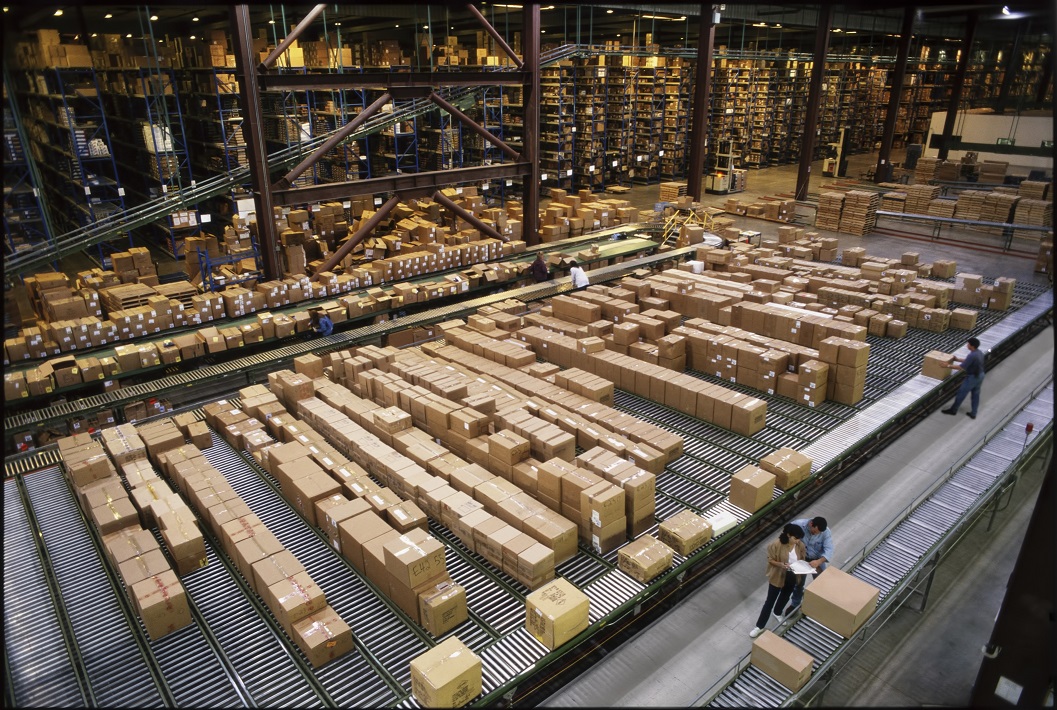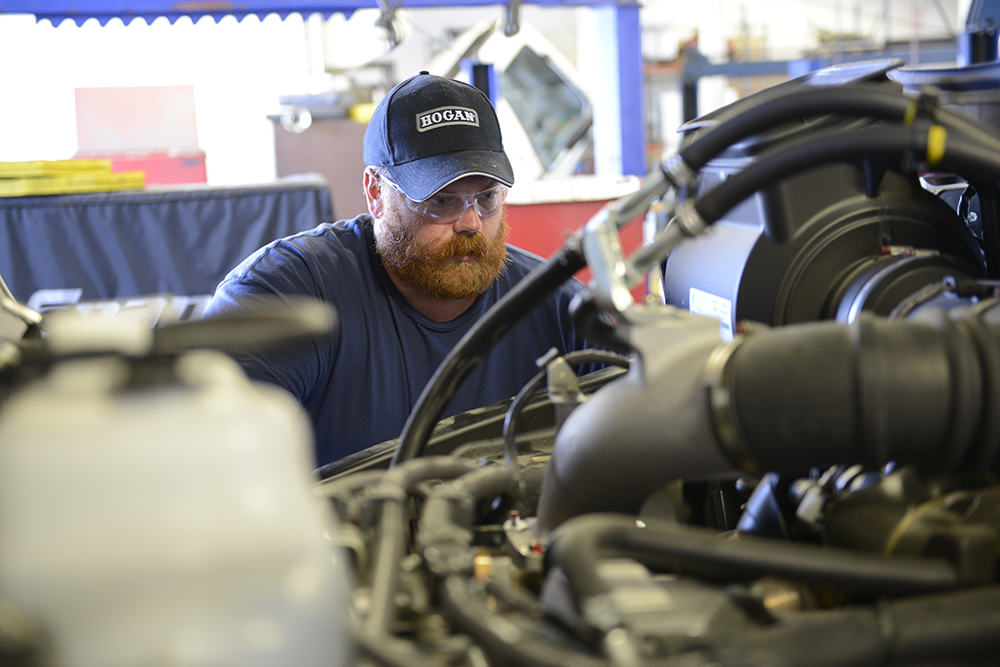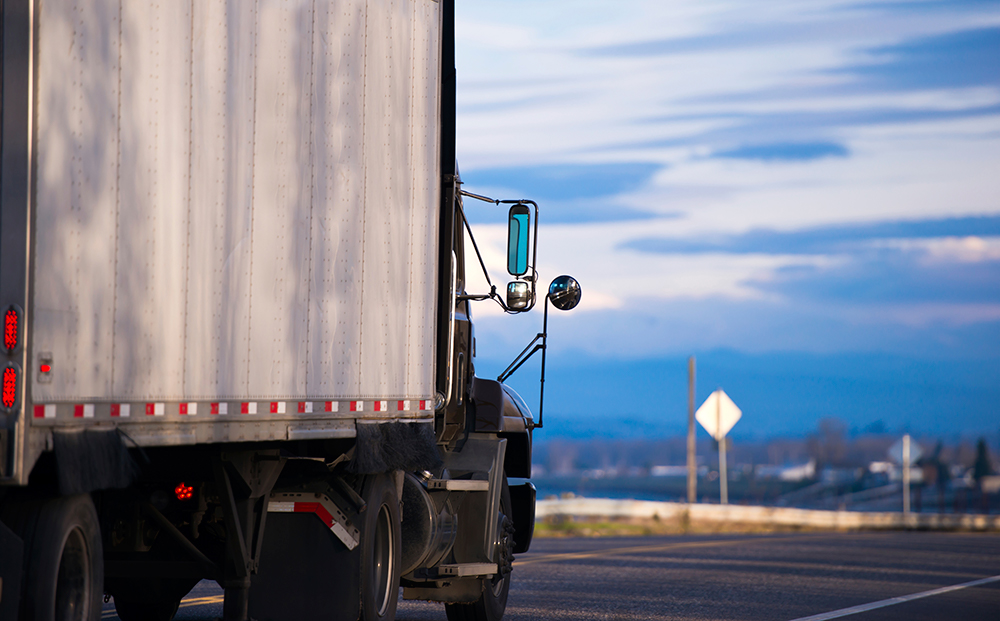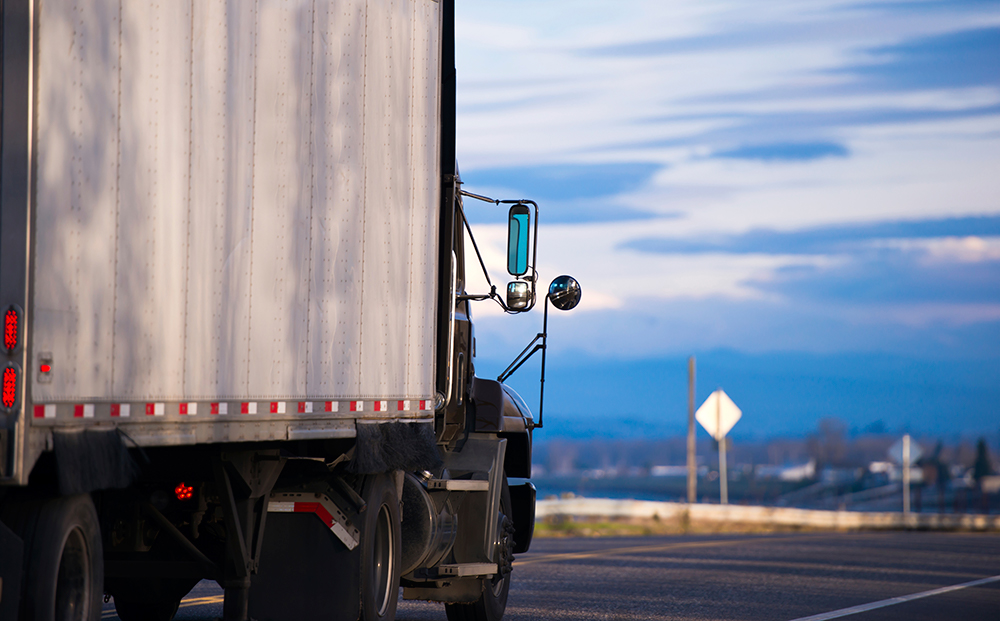Logistics now plays an even more integral role in actually satisfying customer demand. Businesses that minimize the importance of logistics do so at their peril.
The world of buyers and sellers is constantly transforming itself. According to the American Transportation Research Institute (ATRI), there was a 3,000 percent increase in e-commerce sales between 1999 and 2017 and e-commerce now makes up more than 9 percent of total U.S. retail sales. This has changed buyer expectations in both the B2C and B2B environments and made reliance on logistics essential. The 2019 State of Logistics Report from the Council of Supply Chain Management Professionals (CSCMP) found that e-commerce is “requiring big investments in supply chains that must be nimble and flexible in new ways.”
The ongoing challenge of “last-mile” delivery
Trucking has seen a greater impact than other forms of transportation with the increasing importance of “last-mile” delivery. This has resulted in the following changes to business as usual:
- Decentralization of distribution centers – As customers expect faster delivery, businesses need to have DCs closer to the customer. These DCs may be smaller than in the past as they cater to a specific group within a specific geographic area. However, the overall square footage of DCs across the country has increased to approach 285 million square feet of warehouse/distribution space.
- Shorter length of haul – It follows that with the DC closer to the customer, the length of time and distance to deliver product will decrease as well. Overall average trip lengths are down by 37 percent since 2000.
- Growth for demand of single-unit trucks – Last-mile delivery has affected this aspect as well with shorter trips in congested urban areas requiring smaller delivery vehicles. The demand for single-unit trucks between 2007 and 2016 was almost double that of combination trucks.
- Increase in new forms of delivery – We have all read how businesses like Amazon are experimenting with drone delivery or how some retailers like Walmart are using their own employees as part-time couriers.
- Increase in “just-in-time” inventory practices – As CEOs, CFOs, and CPOs are tasked with maintaining greater control over their spend and their working capital, lean inventory has become a way of achieving those goals.
All of these changes have put greater pressure on companies to get the product to the customer in faster and cheaper ways. For companies with their own internal logistics department, this can be incredibly challenging, especially when dealing with urban deliveries with the double issues of traffic congestion and a lack of parking spaces. This has led to an increasing reliance on 3PLs, which themselves must remain on the cutting-edge of planning and delivery technology. Rich McArdle, president of UPS freight, noted that congestion had a profound impact on UPS. “If all of our vehicles are delayed just five minutes a day, every day, it costs our company $114 million a year.” This reality has led more and more companies to rely on third-party providers, looking to 3PLs to help them to achieve those “faster and cheaper” delivery goals.





